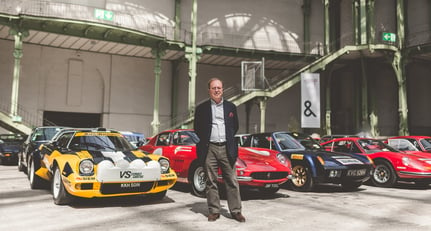For over three decades, Patrick Peter has promoted motorsport events, both modern and historic. In the 1990s, together with Stéphane Ratel and Jürgen Barth, he helped to revive endurance sports car racing with the introduction of the popular BPR Global GT Series, and in 1992, he held the very first modern interpretation of the Tour de France Automobile. Since then, the Tour Auto has gone from strength to strength and is now considered one of the premier occasions on the historic calendar, alongside the Goodwood Revival and Le Mans Classic, the latter of which, incidentally, he also happens to organise. We caught up with Peter in the sensational surroundings of the Grand Palais, where the precious cars competing in this year’s Tour Auto were beginning to arrive…
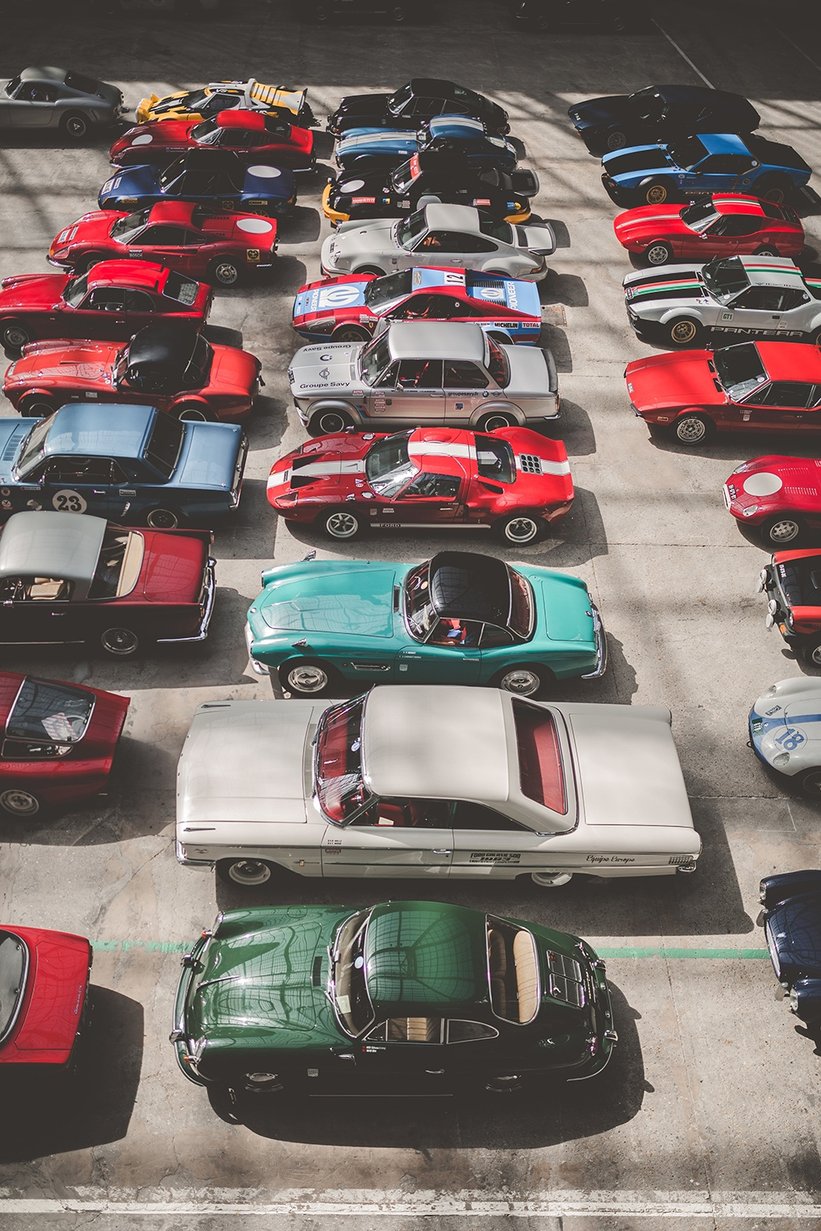
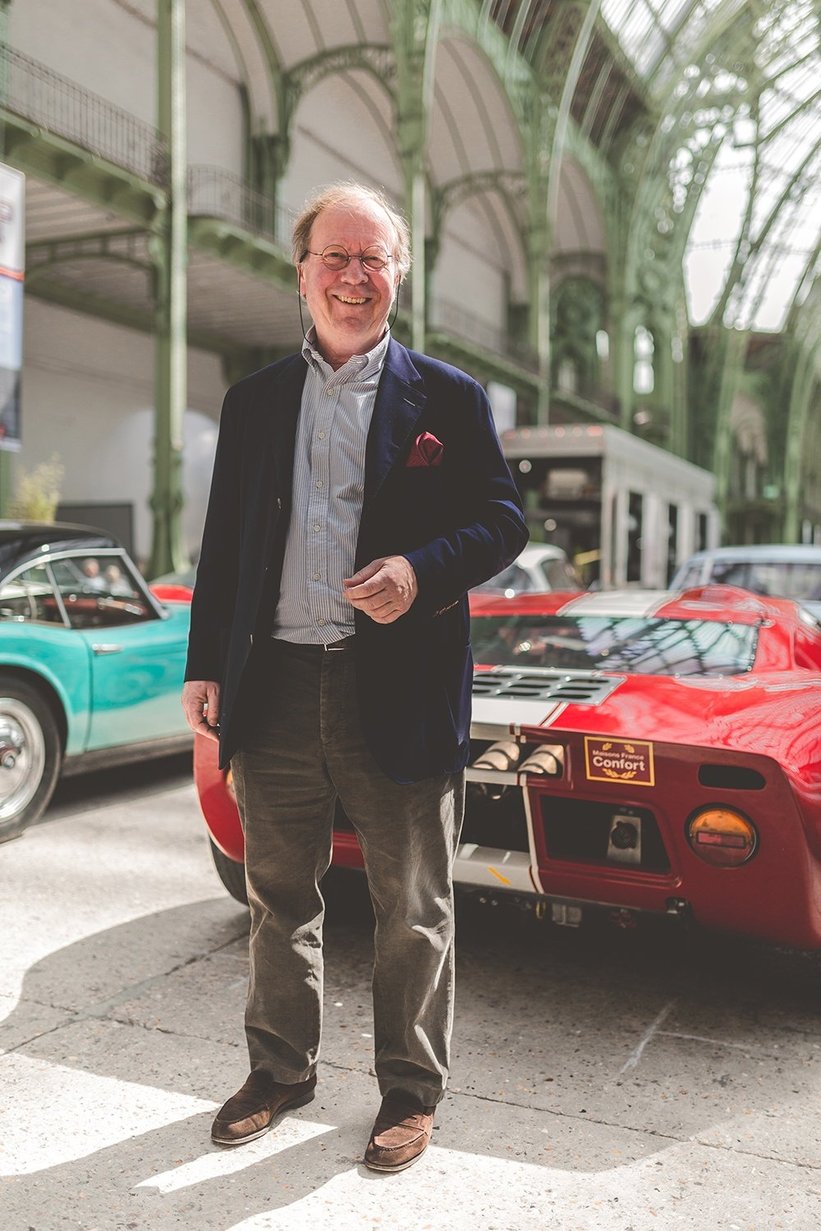
How does the modern Tour Auto relate to the original Tour de France Automobile?
From the beginning, it was impossible to replicate the actual routes because many of the locations, such as the historic race tracks of Reims and Rouen, no longer exist. Plus, by the final Tour de France Automobile in 1986, the drivers were covering some 7,000km in a week, day and night. That’s just impossible today. So, we chose to focus on the spirit of the original rally. When we started holding the event in 1992, there were 100 competitors. Now, we’ve got 240.
How does the Tour Auto compare to other historic road rallies, such as the Mille Miglia?
It’s different because the oldest cars in the Tour Auto are from 1951, while the Mille Miglia’s youngest cars are from 1957. That means our average speeds on the regularity stages, held on closed roads, can be a lot higher because the cars are quicker.
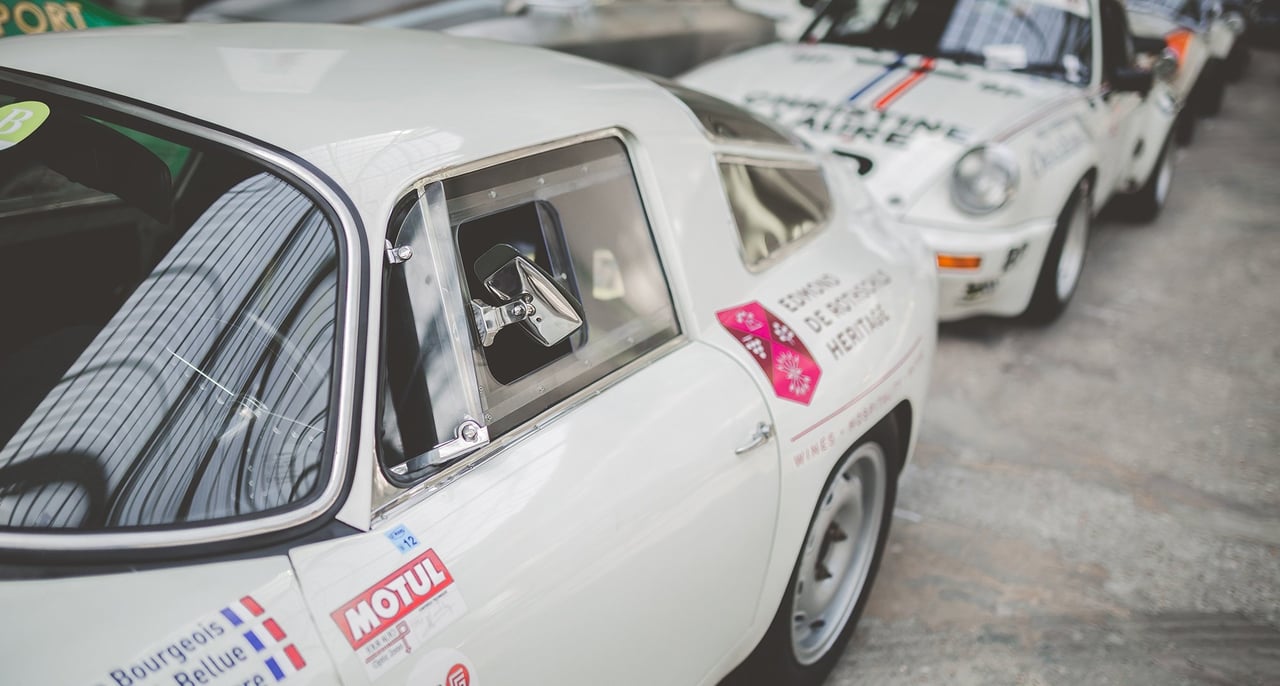
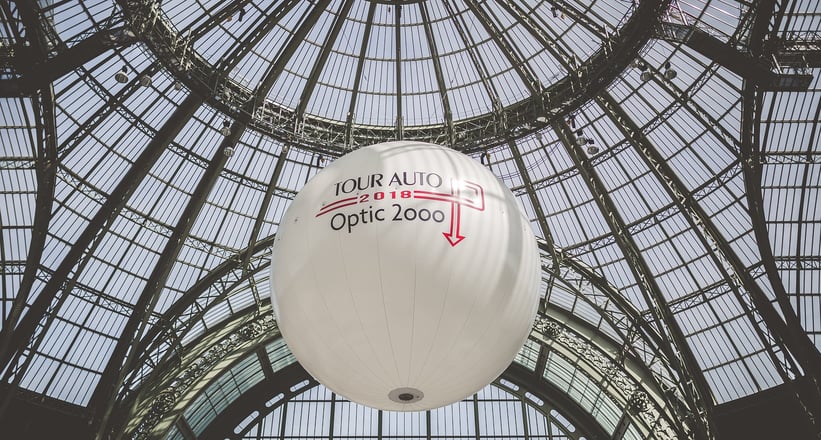
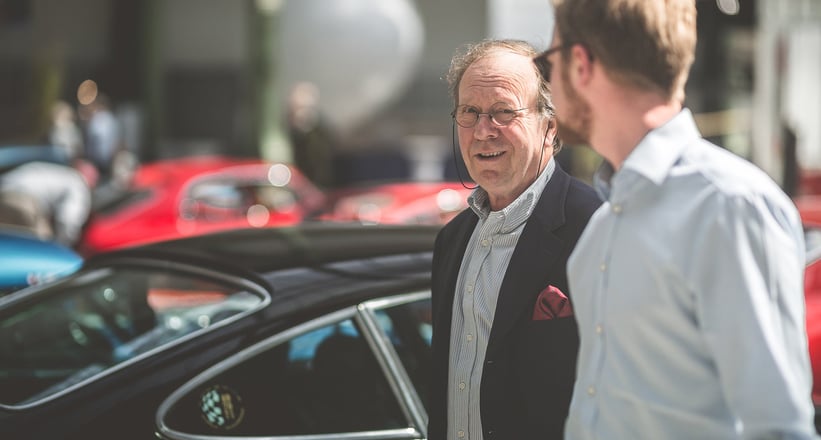
If you could choose any car in which to take part in the Tour Auto, which would you choose?
This year, we have a special tribute to former Italian sports car marques, such as Siata and OSCA, and I love these types of small lightweight cars with fantastic engines. Currently, it’s very sunny, so a drive through Paris in an OSCA would be great. But we shouldn’t rule out any snow on the route, which perhaps wouldn’t have the same appeal. I also really love the Ferrari 250 GT ‘Short Wheelbase’ — it’s one of the best cars from this period.
What can we expect to see at the Le Mans Classic this summer?
Well, the grids are already full. In 2016, we had a Group C race and the Jaguar Classic Challenge for the first time. And this year, in addition to those, we’ll have a special race for Porsches built between 1958 and 1964, as well as a parade of modern endurance racers. I’m really happy to have some of these cars back at La Sarthe — there are so many special cars that raced there between 1990 and 2012, and our target is to attract them and inspire the younger generation. For example, we already know we’ll have a Bentley Speed 8 and McLaren F1 GTRs in both long- and short-tail configurations.
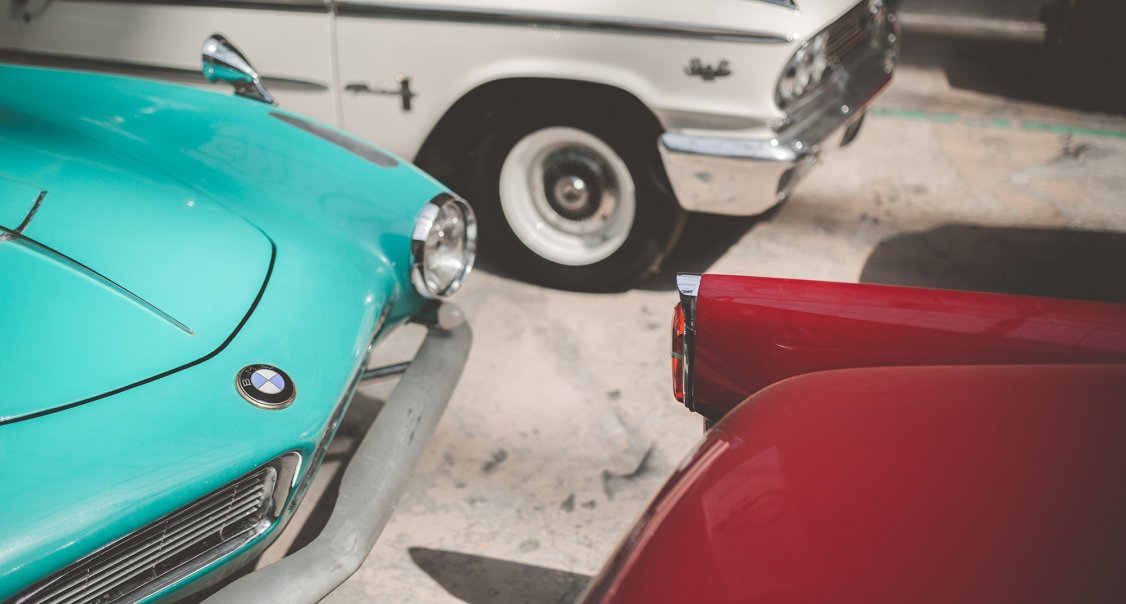
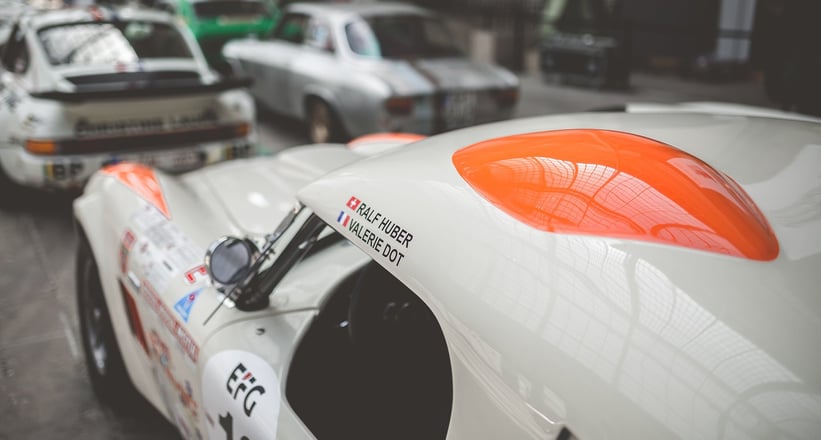
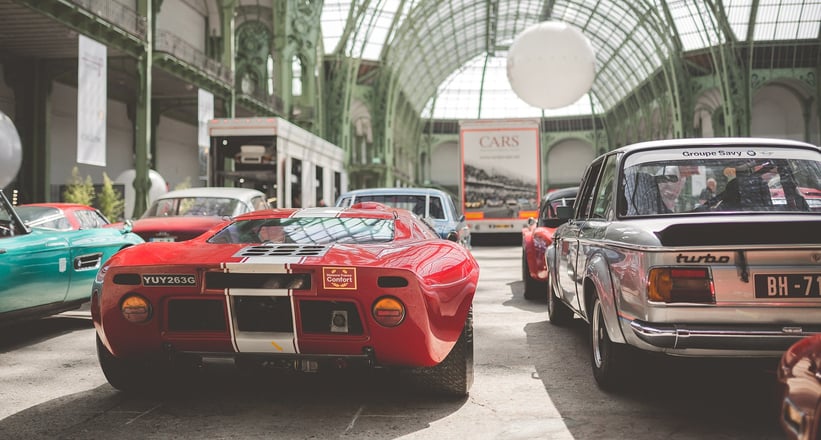
How will the recent strategic changes at Peter Auto, namely the partnerships with the Automobile Club de l'Ouest and the Amaury Sport Organisation, affect these events in the future?
It will change nothing, fundamentally. We’ve had a partnership with the ACO since we started the Le Mans Classic in 2002. Thirty years ago, nobody took historic motorsport too seriously and it was primarily a hobby. But now, we’re attracting so many people and holding so many events. For me, it’s important that big organisations, such as the ACO, are involved in historic motorsport events for the first time. We think there will be lots of synergies.
As you said, historic motorsport is no longer a hobby, but rather an industry – what do you think about this?
There are good aspects and bad aspects. A good aspect is that we restore and preserve far more cars now than we did previously, as their values have risen and it’s worth spending the money. However, in terms of competition, there are too many people taking it too seriously and driving with a modern motorsport mentality. We always try to calm everybody down and tell them the first target is to drink a glass of Champagne on Sunday evening.
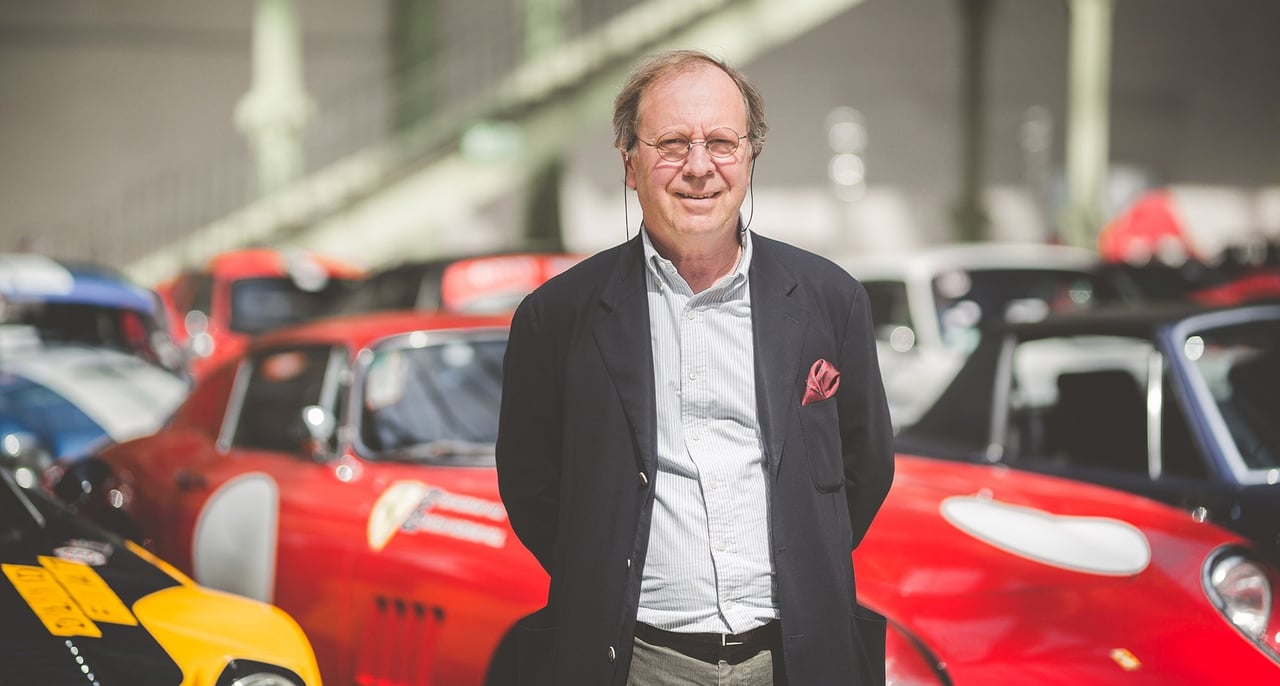
Can historic motorsport continue to grow at such a fierce rate?
We probably already have too many events right now, but you need to cater to everybody. I’m very optimistic for the future — of course, historic motorsport will never be for everybody, but it’s currently proving more and more popular around the world. On this year’s Tour Auto, for example, we have two cars from China for the very first time.
Photos: Robert Cooper for Classic Driver © 2018
